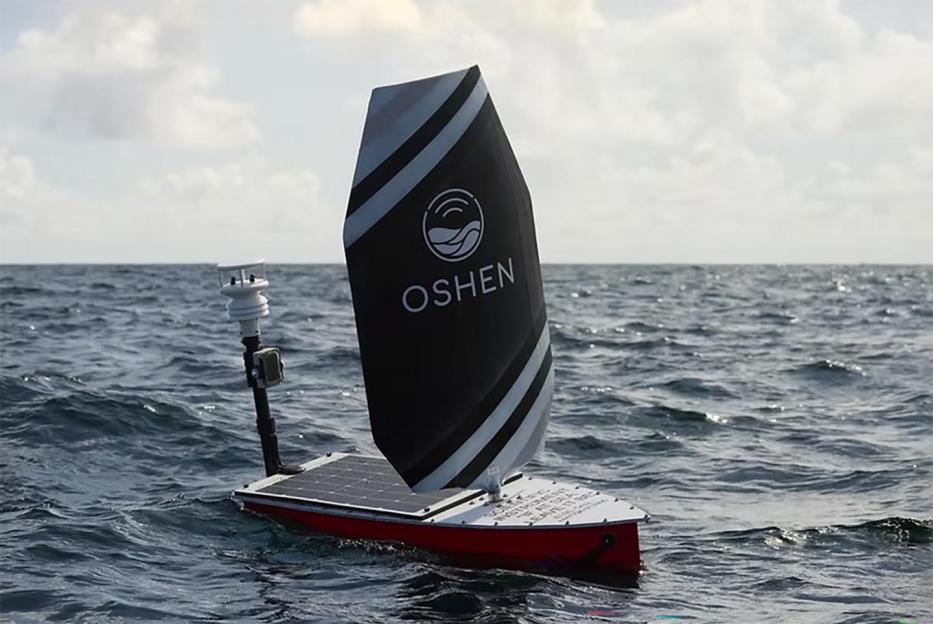According to the critical care triage document put together by Alberta Health Services to manage an overrun of intensive care patients amid the COVID-19 pandemic, health-care workers are to prioritize incoming patients who have the greatest change of survival.
“This is a very complex document,”; Dr. Noel Gibney, the co-chair of the Edmonton Zone Medical Staff Association’s Strategic COVID-19 Pandemic Committee told Global News Friday afternoon.
“This is very well designed and that’s what make it so challenging, I think, to implement.”
But, even with these guidelines, random selection could still be what the health-care system has to fall back on.
The critical-care triage document says patients who need care in the ICU are to be admitted on a first come, first-served basis, but if two or more patients with equal survival likelihood arrive at the same time, “random selection will be used.”
Read more: AHS to discuss COVID-19 triage framework with staff if faced with ‘dire situation'
Health-care workers would be directed to prioritize patients who have the greatest likelihood of overall survival and patients who are “most likely to have a positive outcome with the least use of critical-care resources, either by intensity or duration.”;
“Incremental survival differences are based on medical assessments of the patient only and not personal or group characteristics of the patient (i.e. age, sex, race, disability, national or ethnic origin, colour, religion),”; the document reads.
According to the guidelines, there are two phases of triage.
In Phase 1, health-care workers would use a series of tools to estimate whether someone's likelihood of death in the ICU and one year after would be 80 per cent or over. If it is, they would be refused admission to the ICU at that time. In Phase 2, the threshold is over 50 per cent likelihood of death.
Pediatric triage will only be considered in Phase 2, the guidelines say.
Read more: ‘That's going to happen here': Alberta physician says Ontario is ‘sending out distress signals'
While the document is not controlled by Alberta’s chief medical officer of health, Dr. Deena Hinshaw talked about it during her update on Thursday.
“I know discussions of these protocols can create anxiety for many people.”;
The document has been worked on since the pandemic began, Hinshaw said, and is based off lessons learned during the 2009 H1N1 pandemic.
“These protocols are a last resort and can seem scary, but it is important that this work be undertaken as a precaution and that the necessary health-care professionals have an understanding of what these protocols mean,”; she said.
Hinshaw stressed Alberta is not at the point of needing this protocol and said she hopes the province never gets there, but said the planning needs to be done.
The protocols would be activated at the discretion of the AHS CEO and the executive leadership team and would be in effect in all health-care facilities and critical care units in Alberta.
More coming...




